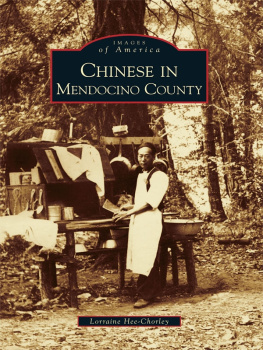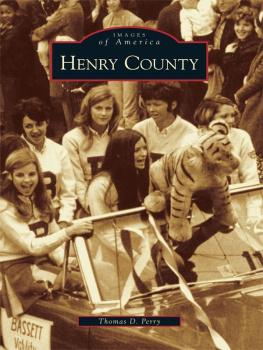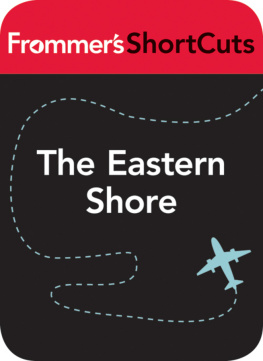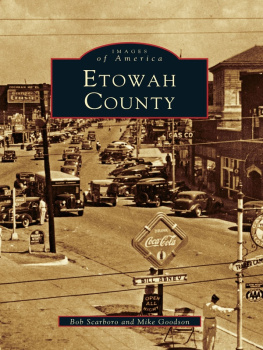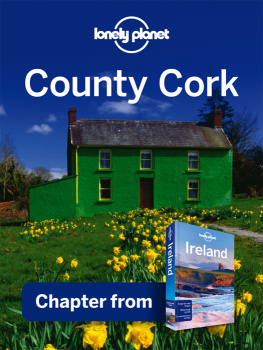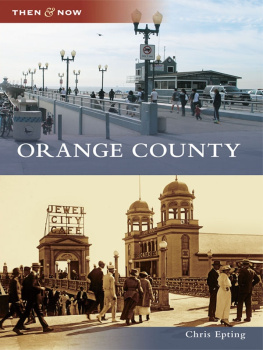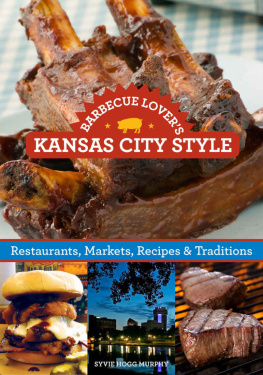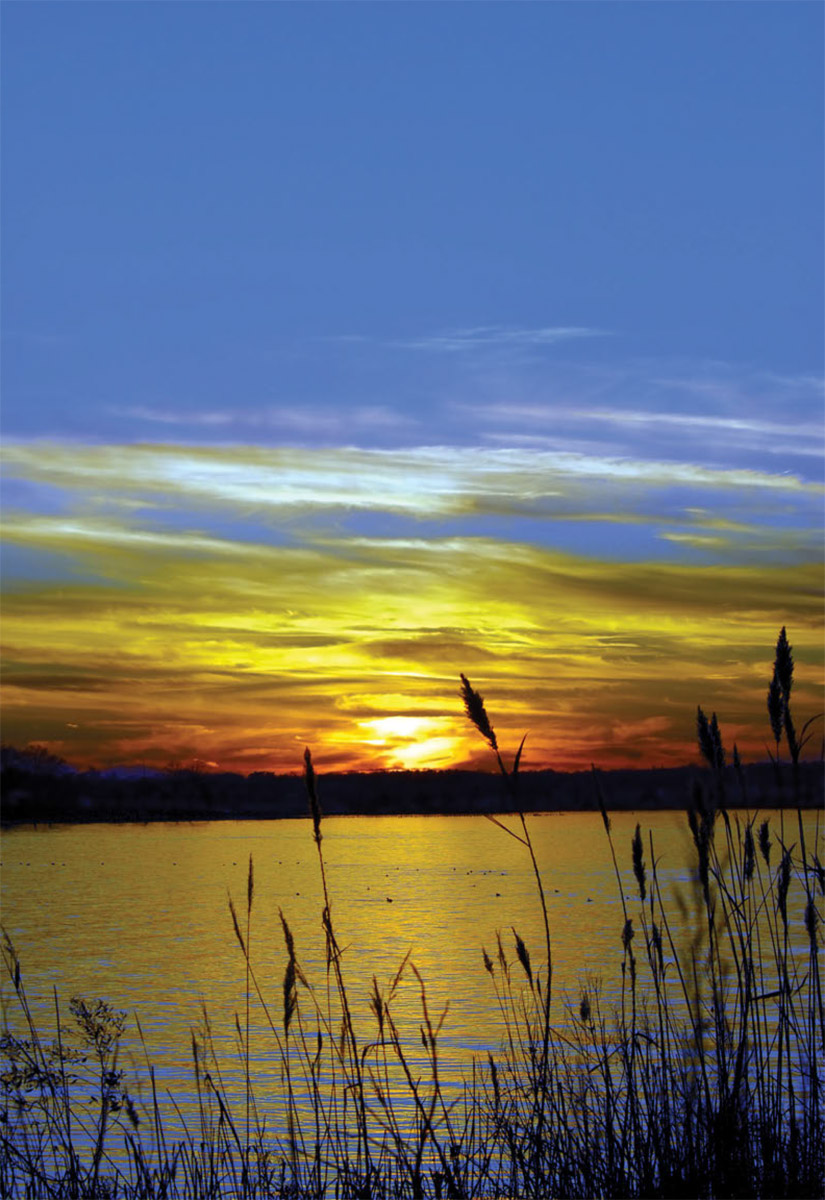About the Authors
Mary Lou Baker has been a food and travel writer since the 1980s, first as a restaurant reviewer and weekly travel columnist for the Capital Gazette newspaper in Annapolis and later as food and wine editor at Baltimore Magazine. She has traveled to London, Ireland, France, and Italy on food-centered excursions, served as the restaurant reviewer for Chesapeake Life, Annapolis Lifestyle, and Shore Living magazines and is the coauthor with Bonnie Rapoport of Dining In Baltimore. This native New Englander has lived in Annapolis for many years with her husband, raising four children and a series of Labrador retrievers and cooking with joy for family and friends who insist on being in the kitchen to watch while she bangs those pots and pans.
Holly Smith is managing editor of the nonprofit Washington Independent Review of Books in Washington, DC, and a longtime freelance writer. Her work has appeared in the Washington Post, More Mirth of a Nation, USA Today Travels 10Best, CNBC.com, Maryland Life, Brain, Child, and many other publications. She blogs at HollySmithWrites.com and spends her free time hiding from her four kids. Wait, she doesnt have any free time...
Acknowledgments
As Holly and I came to the end of our seafood-centered treasure hunt on Marylands Eastern and Western shores, we began another task: thanking folks who helped out along the way. First, of course, are the chefs and restaurant owners who came through with recipes to share. Granted, we had to be as persistent and pesky as summertime mosquitoes, but most of them stepped upand we thank them all for their time and interest.
There are several generous donors deserving of thanks for their contributions to the book. One is Eastern Shore artist Nancy Hammond, known nationally as well as locally for her vibrant bay-themed creations. She authored a humorous recipe to accompany her Chesapeake Bay Dinner woodcut. And we are delighted to include John Paynes painting Clear Skies, courtesy of the McBride Gallery in Annapolis.
We thank the Maryland Office of Tourism for letting us use their detailed map of the Chesapeake Bay; Andrea Vernot and Brent Burkhardt, for their descriptions of Suicide Bridge and Old Saltys restaurants; author and chef John Shields of Gertrudes Restaurant at the Baltimore Museum of Art and noted food writer John Mariani for their encouragement along the way; Peter Lesher of the Chesapeake Bay Maritime Museum for sharing his knowledge of the bays history; and Steve Vilnit of the Maryland Department of Natural Resources for his guidance on the states seafood sources. We also thank the many tourism officials from the counties surrounding the bay; their input helped immensely.
But most of all, I want to acknowledge the invaluable contributions of Holly Smith, the organizational force and unofficial left brain behind this book. Holly was managing editor of Maryland Life magazine before it succumbed to the changing times and agreed to help out when I first signed up for this project. Neither of us was prepared for what lay ahead, but suffice it to say that Holly is now the official coauthor of Seafood Lovers Chesapeake Bay and, despite some rough waters, we remain fast friends.
Finally, we are both grateful to Globe Pequot editor Tracee Williams for her support and patience throughout the process and for her unfailing optimism that Seafood Lovers Chesapeake Bay would be a worthy addition to a series that also includes foodie tomes centered on New England and the Pacific Northwest. Youre only as good as your editor, goes a saying in the publishing world. We hope weve done Tracee proud.
Mary Lou Baker
Appendix A: Glossary
Aquaculture. Also known as aquafarming, it is the breeding of fish, crustaceans, mollusks, and aquatic plants under controlled conditions. Because it has the potential to produce large numbers of various species, aquaculture is seen by some as a possible solution to the problem of overfishing.
Blue crab. A crustacean with bright blue claws and an olive-green shell, the blue crab is synonymous with the Chesapeake Bay. Growing up to 9 inches wide, blue crabs dwell on the bottom of the bay, hibernating in its deep trenches each winter. Male blue crabs are typically found in the fresh waters of the bay and its tributaries, while females prefer the saltier waters.
Bugeye. The predecessor of the skipjack, the bugeye is an oyster-dredging sailboat developed in the Chesapeake Bay region.
Chesapeake Bay Watershed. Covering more than 64,000 square miles, the Chesapeake Bay watersheda large swath of land whose streams, creeks, and rivers empty into the baycomprises parts of Maryland, Delaware, New York, Pennsylvania, Virginia, and West Virginia, as well as all of Washington DC. Over 17 million people live in the Chesapeake Bay water-shed.
Crab feast. A Chesapeake Bay tradition, crab feasts are lively, communal meals where diners devour piles of freshly steamed blue crabs. Mallets, hand wipes, and beer figure heavily into the messy feasts, which usually also include corn on the cob and a can of Old Bay on the side.
Crab mallet. A small wooden hammer used to crack open crab shells.
Crab pot. Smallish wire and steel traps used to catch crabs.
Crustaceans. Any primarily aquatic arthropod belonging to the class Crustacea, including crabs, lobsters, and shrimp. Crustaceans typically have hard shells (or exoskeletons) and two-parted limbs.
Deadrise. A traditional workboat used for oystering, fishing, and crabbing on the Chesapeake Bay. These boats are traditionally made of wood and include a small cabin in front and a large work area in the rear.
Dredging. A method of harvesting oysters and other bottom-dwelling species in which a framed net-like structure (a dredge) is dragged by boat along the Chesapeake Bays floor, snagging critters as it goes. Once the dredge is full, it is hauled back into the boat and emptied.
Estuary. A partially enclosed coastal body of brackish water (i.e., a mixture of salt and fresh water) with one or more rivers, streams, or creeks flowing into it, and with a connection to the ocean. The Chesapeake Bay is one of the largest estuaries in the US.
Finfish. A true fish. The term finfish is often used to distinguish between true fish and shellfish.
Jimmy. A male blue crab. Jimmies have blue-tipped claws and an inverted-T shape on their underside.
Mollusks. Invertebrates from the phylum Mollusca, mollusks include clams, snails, squid, and octopus.
Molting. The process of sloughing off or shedding a skin or shell. Immediately post molting, a crab is known as a soft shell crab, the kind used in Marylands iconic sandwich.
Overfishing. The process of over-harvesting finfish and shellfish to the point where certain species become dangerously depleted. Overfishing of the Chesapeake Bay has had a devastating impact on the regions blue crab and oyster populations.
Rockfish. Also known as striped bass, rockfish are a favorite on menus throughout the Chesapeake Bay region and were declared Marylands official state fish in 1965.
Sally. An adolescent female blue crab. Sallies (also known as she-crabs) have red-tipped claws and an inverted-V shape on their underside.


